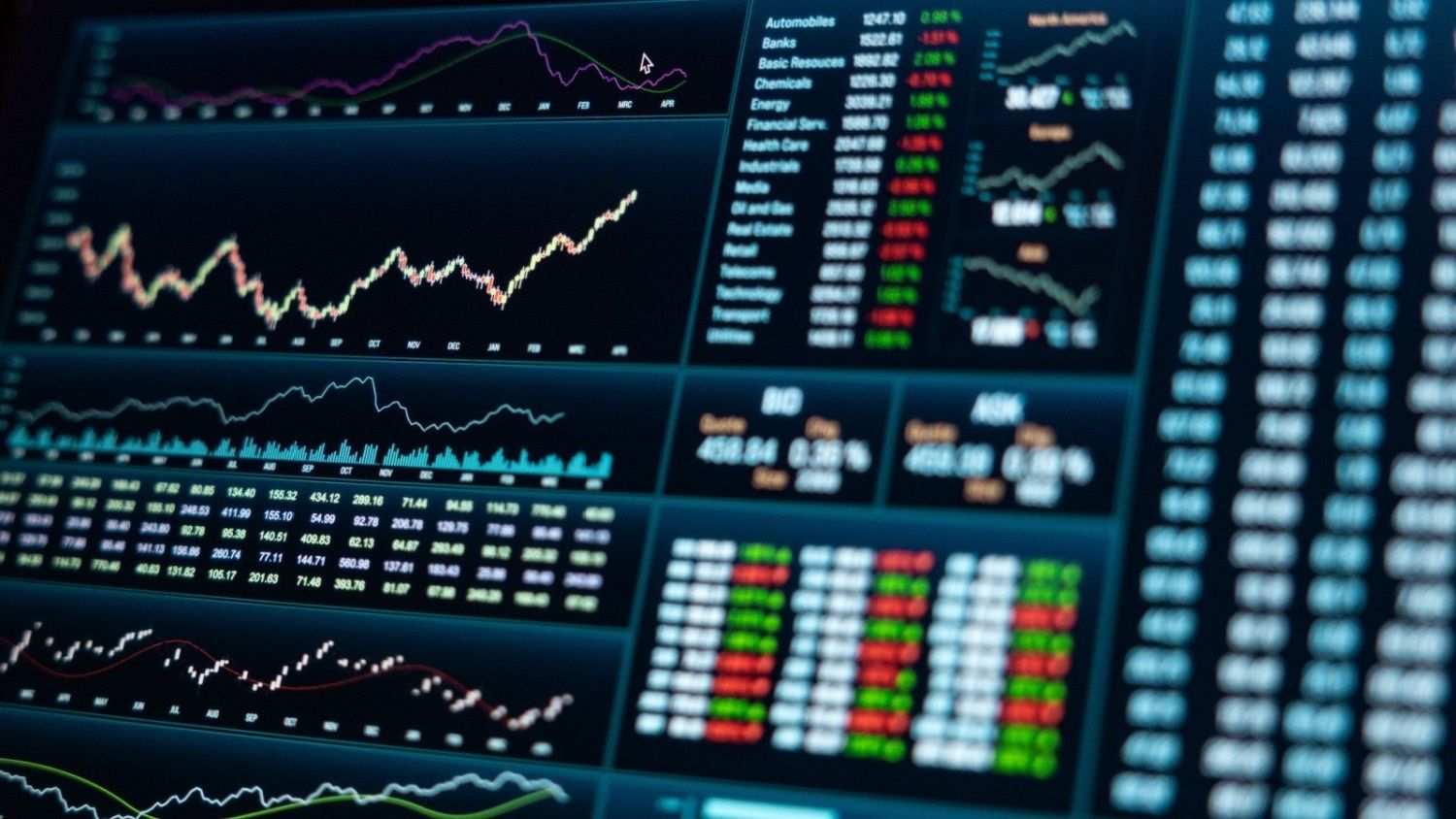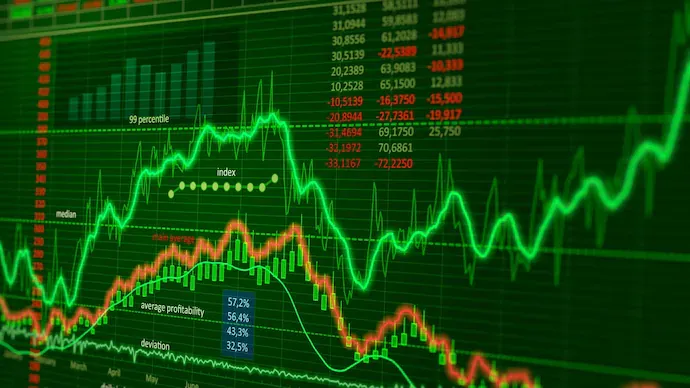Hammer Candlestick Patterns - Meaning, Formula, Example, & How to Trade
Written by Upstox Desk
Published on October 06, 2025 | 5 min read

Hammer Candlestick Patterns
Candlestick patterns are dependable price movement indicators. Though it originally came from Japan, it is now utilized by traders all over the world as a technical stock market and trading instrument to help them visualize the price closing, opening, high, or low for the day in long candle-like patterns with lower and upper shadows. The hammer candlestick is also a price pattern related to the same legion.
Hammer Candlestick Meaning
A hammer candlestick pattern is a candlestick pattern that resembles a hammer or the letter 'T' in the English alphabet. Traders can observe the Hammer Candlestick Pattern on the chart's bottom trend, which depicts price movements.
The hammer candlestick is a bullish market reversal pattern. A bullish reversal occurs when the bearish market moves in the other direction, with today's low being lower than the preceding day and today's closing price being higher than the prior close.
When the stock market opens, the price of the stock is high. As a result, sellers drive down prices by seizing the market's control. This selling pressure drives down the stock price, which then attracts massive purchasing pressure and drives it back up. This purchasing pressure is usually so intense that the closing price exceeds the initial price.
It refuses to accept lower prices. As a result, the price reversal must be higher to validate the hammer candlestick pattern. When the candle closest to the hammer closes at a greater price than that of the closing price, the pattern is confirmed.
This pattern is guaranteed to be effective when led by three or even more declining candles. Declining candlesticks have closing prices that are lower than the previous candle. Hammers can occur in any time scale, including minute, daily, and weekly charts. This pattern can be used by both long-term and short-term traders.
Example
For example, if you are trying to trade USD/EUR at 2 and the opening price is 1.4, and the market begins to decline, pushing the price to 1.7, 1.6, and eventually 1.5, you will see a Hammer Candlestick with the long lower wick, indicating a market low for the USD/EUR.
Because the closing price will be close to the opening price, you will want to enter the market and purchase more USD/EUR positions in anticipation of a market reversal.
The next candlestick will confirm the turnaround, which will be a bullish candlestick with an elevated open price of 1.9. Following that, the USD/EUR exchange rate will rise to a level equal to or higher than 3, indicating profit-taking possibilities for you.
Types Of Hammer Candlestick Patterns
The following are the various types of hammer candlesticks:
Candlestick Hammer Pattern
If the closing price is significantly higher than the opening price, a bullish candlestick hammer appears, indicating that buyers (bulls) had control of the market well before the trading period ended.
Candlestick pattern with an inverted hammer
An inverted hammer candlestick pattern is represented as an inverse hammer, with the base of the candlestick being small and the top wick of the candlestick being more than twice as big as the body of the candle itself, with very little to no wick at the bottom.
An Inverted Hammer candlestick is commonly seen near the end of a downturn, indicating a likely bullish market turn. The lengthy upper wick means buyers are pushing commodities prices higher, and the market may witness a bullish price turnaround.
What's the Difference Between a Doji and a Hammer Candlestick?
Compared to the Doji, the hammer candlestick formula has a long lower shadow, which appears after a market decline, and indicates a likely uptrend reversal (if confirmed). On the other hand, a Doji is a different type of candlestick with a relatively small physical body. The lower and upper shadows of Doji icons portray uncertainty. Dojis, relying on the confirmation, can indicate both a price reversal or a progression of the trend.
What Is The Significance of Hammers?
- It could be a leading indicator of a shift in bearish/bullish momentum.
- Completed hammers can confirm or deny the existence of a major up or down.
- The significance grows with the size of the shadow (preferably 2-3 times that of the body) and the timeframe.
- Other reversal indicators may be confirmed or strengthened by using hammers (i.e., may occur next to Doji.)
What are the hammer pattern's limitations?
Despite the hammer being a successful indicator, a trader ought to be aware of its limitations before using it.
The hammer candlestick indicates that buyers are regaining momentum after a new low in an asset. On the other hand, the buyers' strength could be a sellers' retracement towards the end of the day. When using the hammer trading strategy, keep a close eye on the retracement's speed. A rapid recovery signifies a turnaround, while a correction can lead to additional selling pressure the next day.
Another important consideration is where to place the hammer candlestick. It is solid if a hammer is found at the bottom of a trend. Other markers, like the relative strength index (RSI) or stochastic oscillator, are also available. We can have faith in it if all these indicators endorse the hammer.
Conclusion
Candlestick charts are an excellent way to assess market psychology quickly. While they do not produce certain signals on their own, they are excellent leading indicators for prospective reversals that may be confirmed using other types of technical analysis.
About Author
Upstox Desk
Upstox Desk
Team of expert writers dedicated to providing insightful and comprehensive coverage on stock markets, economic trends, commodities, business developments, and personal finance. With a passion for delivering valuable information, the team strives to keep readers informed about the latest trends and developments in the financial world.
Read more from UpstoxUpstox is a leading Indian financial services company that offers online trading and investment services in stocks, commodities, currencies, mutual funds, and more. Founded in 2009 and headquartered in Mumbai, Upstox is backed by prominent investors including Ratan Tata, Tiger Global, and Kalaari Capital. It operates under RKSV Securities and is registered with SEBI, NSE, BSE, and other regulatory bodies, ensuring secure and compliant trading experiences.

























